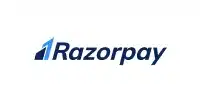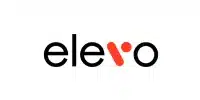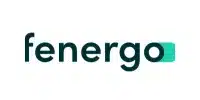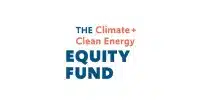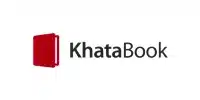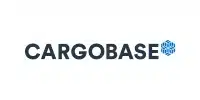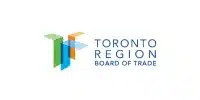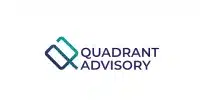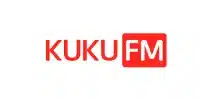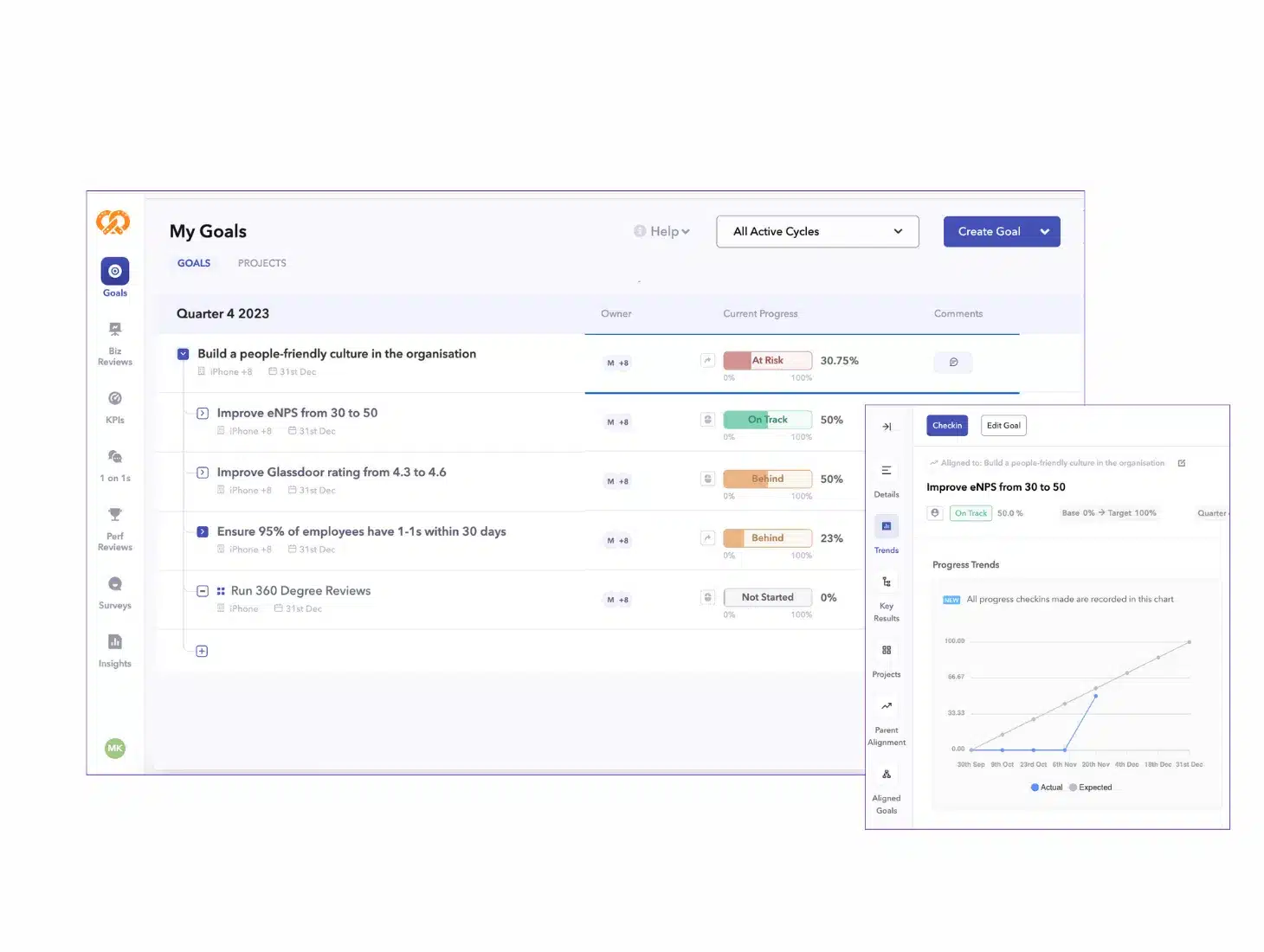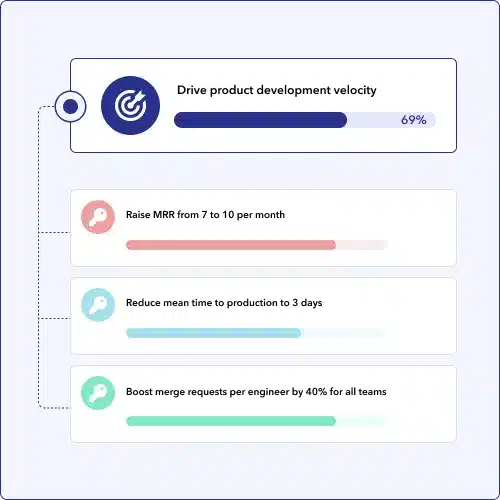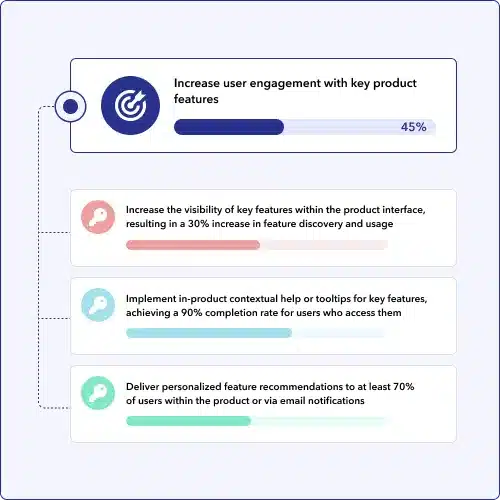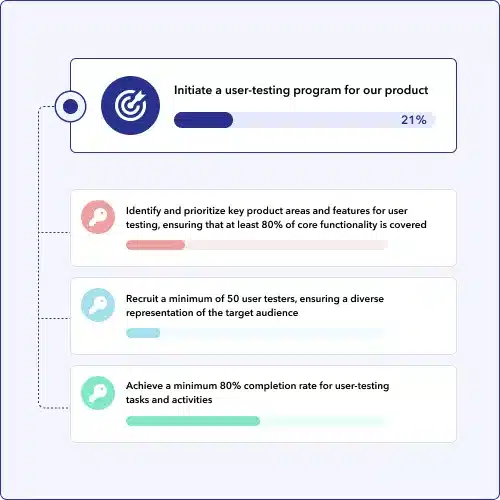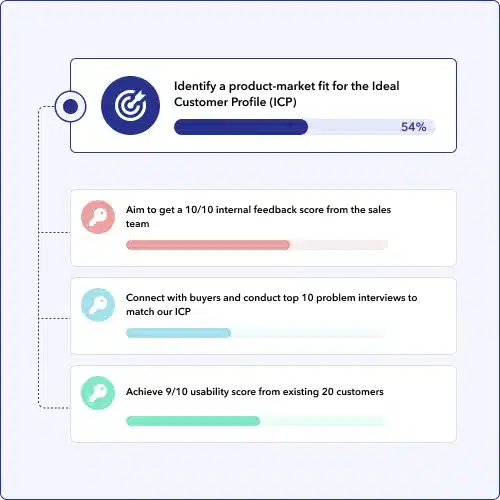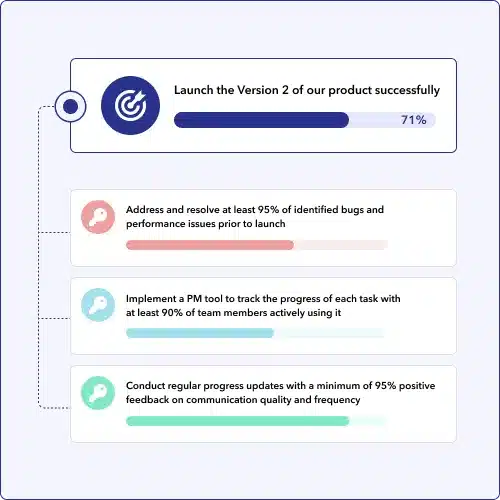Why are OKRs crucial for product teams?
For product teams, OKRs are crucial to aligning team members, prioritizing work, and ensuring that the team’s efforts are focused on achieving the most significant impact on product development, user satisfaction, and business outcomes.
How often should our product team OKRs be set and reviewed?
Product team OKRs are typically set and reviewed on a quarterly basis. This time frame allows for the flexibility to adapt to changing market conditions, user needs, and business priorities, while still providing a clear and structured framework for setting and achieving short-term goals. However, some organizations may choose to set and review OKRs on a monthly or biannual basis, depending on their specific needs and circumstances.
How can our product team ensure that their OKRs are aligned with overall company objectives?
To ensure alignment between product team OKRs and overall company objectives, it’s essential to involve key stakeholders from various departments during the OKR-setting process. This collaboration helps to ensure that product team objectives are aligned with broader business goals and that the product team’s work contributes to the company’s overall success. Additionally, regularly reviewing and discussing OKRs with stakeholders can help maintain alignment and facilitate adjustments as needed.
How should we ensure that our product team’s OKRs are measurable and achievable?
To create measurable and achievable OKRs, product teams should focus on setting specific, quantifiable key results (KRs) that directly contribute to the objective. KRs should be realistic and based on available resources, team capacity, and market conditions. Product teams should also be prepared to review and adjust their OKRs as needed, in response to unforeseen challenges or changing circumstances.
How can our product team involve users in the OKR-setting process?
Involving users in the OKR-setting process can help product teams create more user-centric objectives and KRs. Some ways to involve users include conducting user surveys, interviews, or focus groups to gather feedback and insights, incorporating user feedback in the prioritization and roadmapping process, and conducting user testing for new features and improvements. By including users in the OKR process, product teams can ensure that their objectives are aligned with user needs and preferences.




